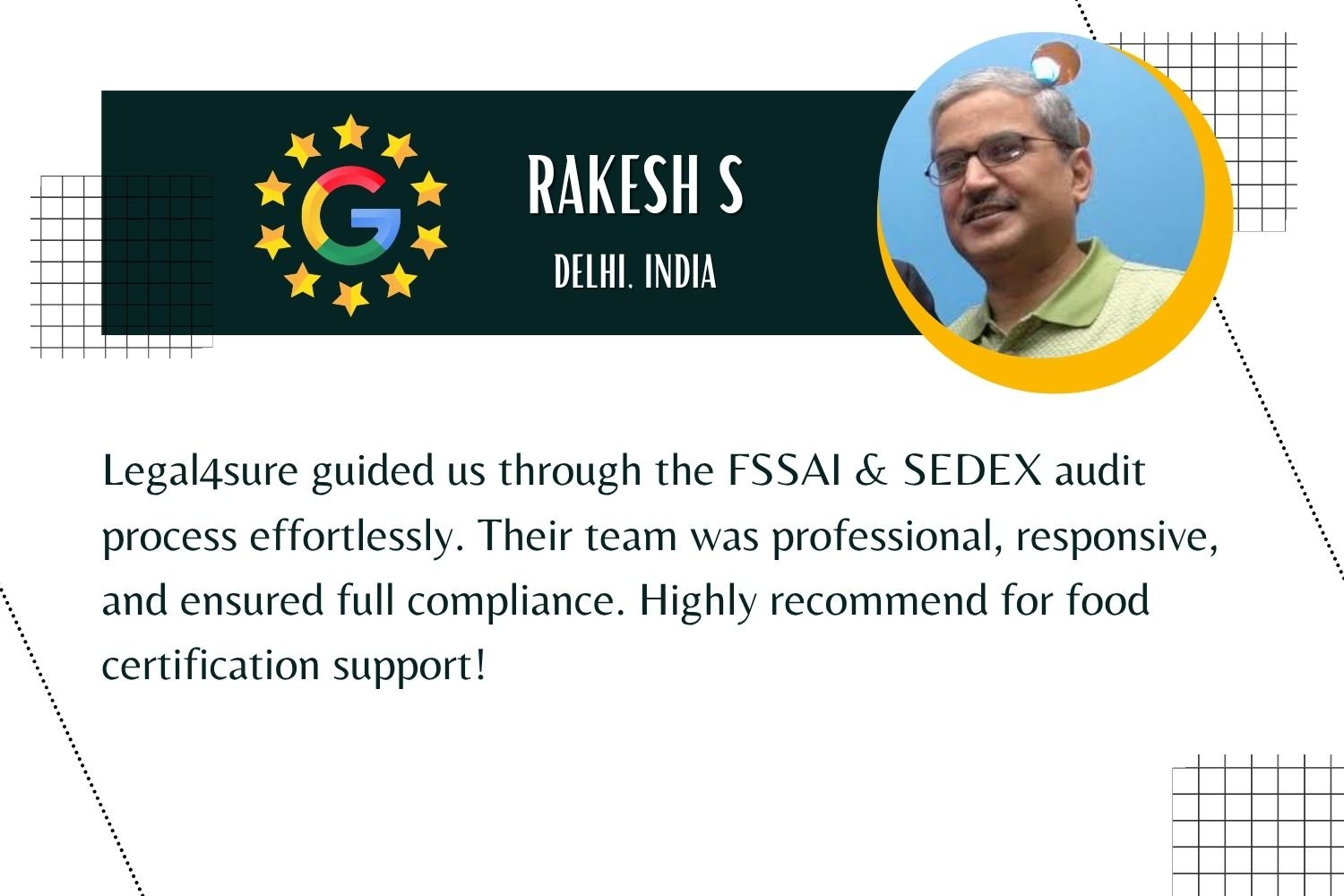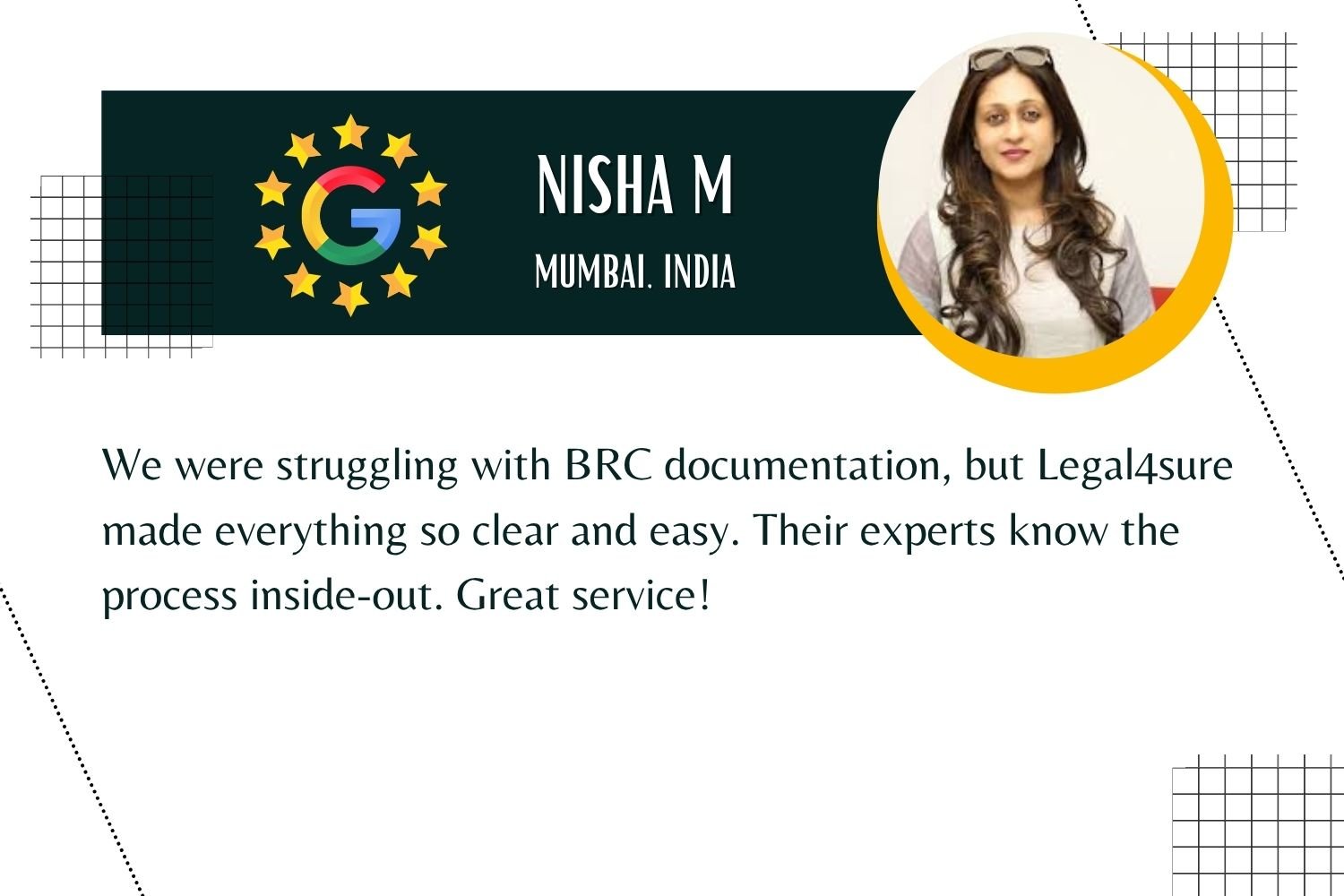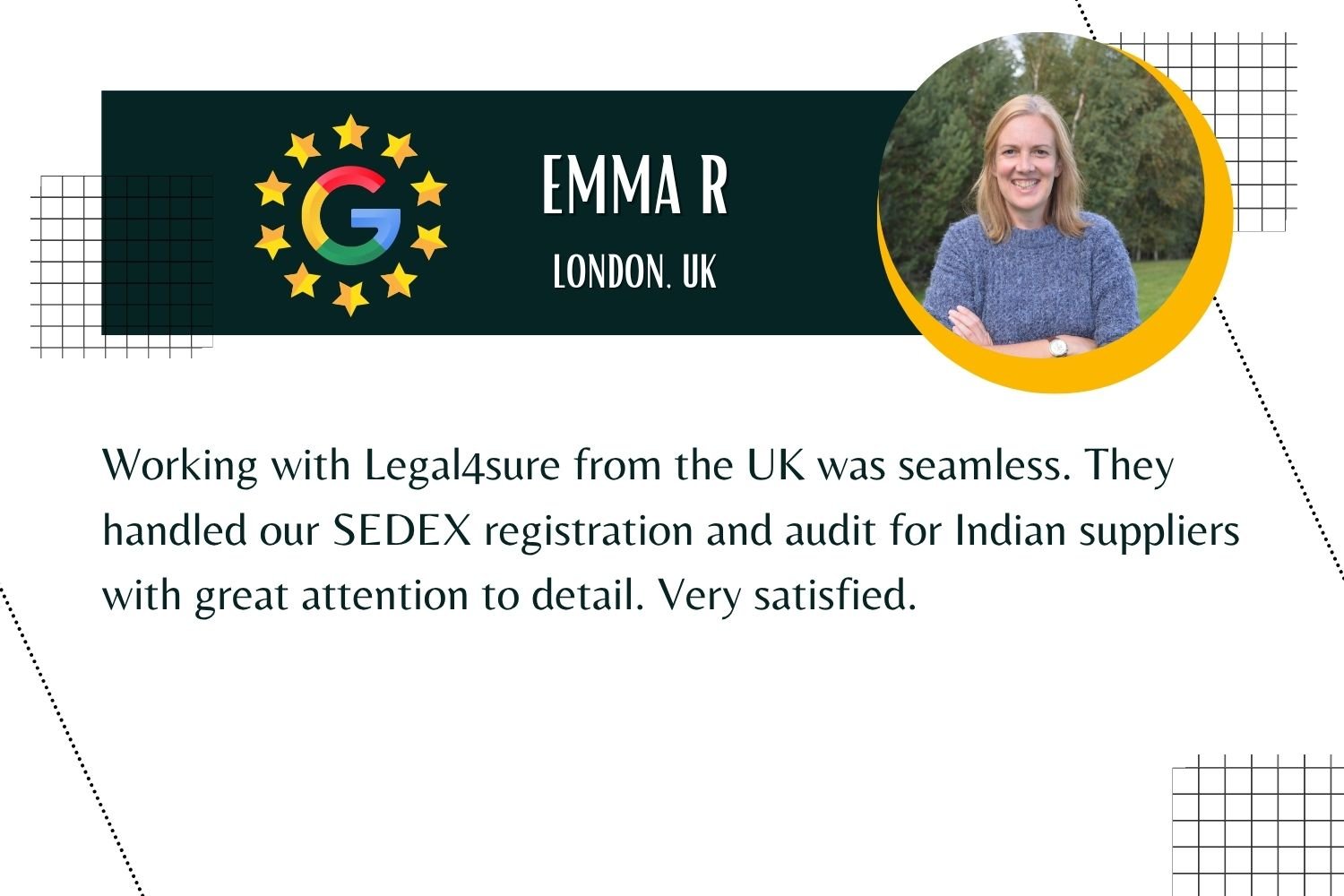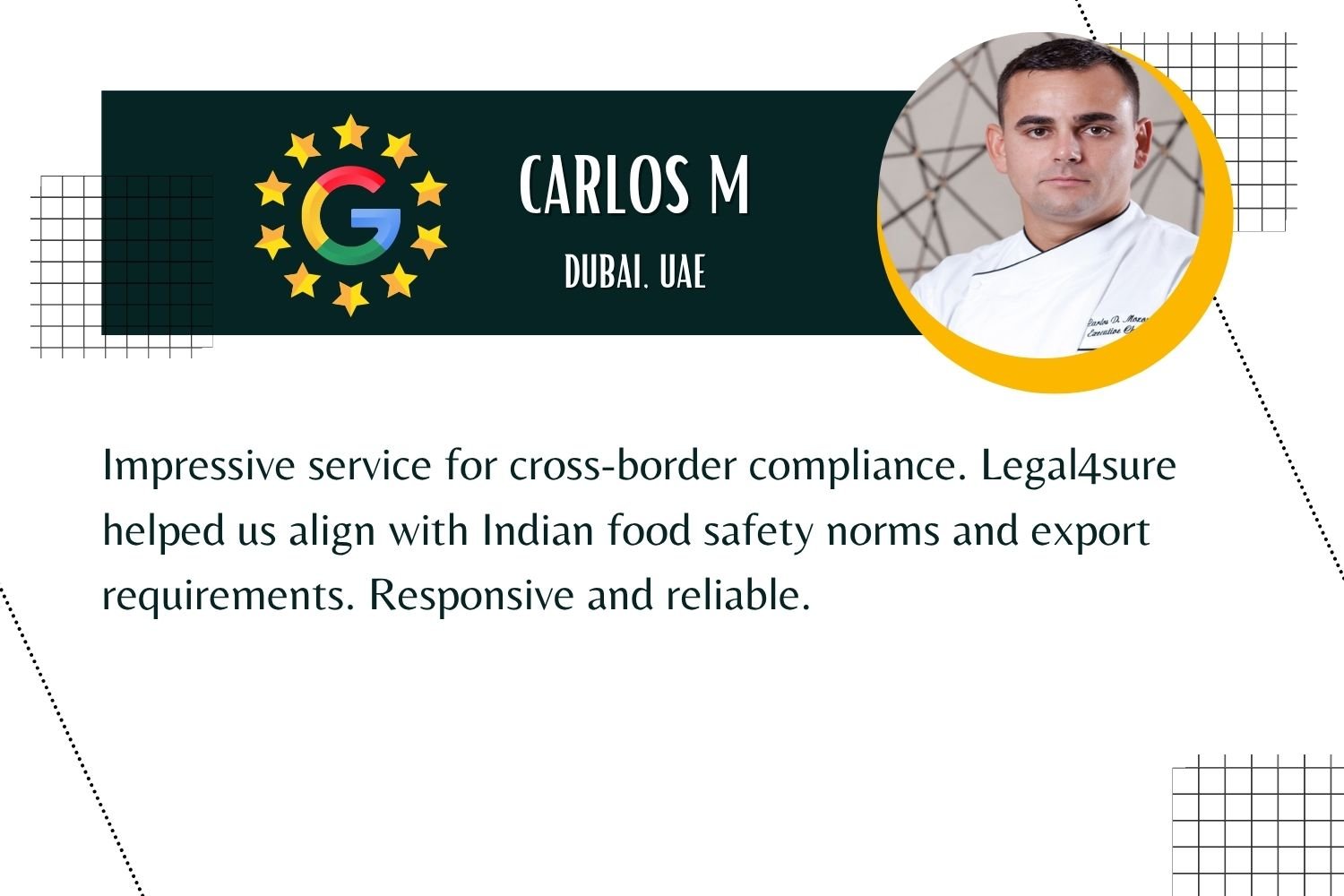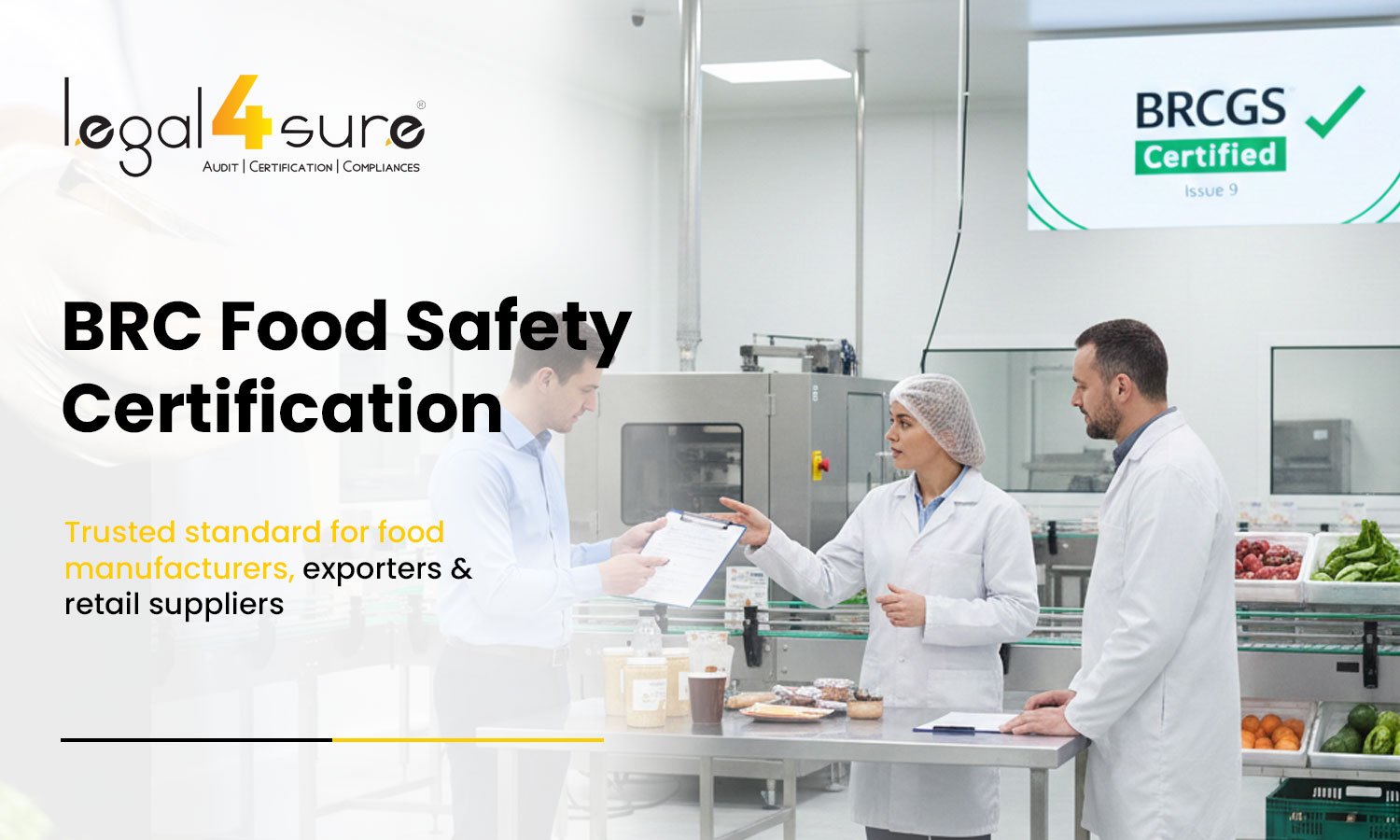One weak link in the food safety chain, and all starts to fail. For packing units, that weak link might be anything: a tainted surface, a mislabeled carton, or a poorly recorded process. The result? failed FSSC 22000 audits, lost contracts, and serious damage to both health and reputation.
FSSC 22000 certification is your factory’s shield rather than simply a badge. Then why do so many packaging plants still come short? Let’s break down the seven most common reasons Why Food Packaging Units Fail FSSC 22000 Audits, and how to make sure yours doesn’t.
1. Misinterpreting FSSC 22000 Clause Requirements
The mistake:
Packaging facilities misinterpret the meaning of the FSSC 22000 clause violations. The nature of risk evaluations is uncertain. There are gaps in the monitoring plans. The auditor’s criteria are not met by the available documentation. This results in frequent breaches of the FSSC 22000 clauses.
Solutions:
- Instruct employees on the real requirements of each provision.
- Use real examples from your processes to show the purpose
- Before performing internal audits, conduct refreshers that are specific to the clauses.
- Treat each clause as though it is connected to your real food packaging procedures, rather than as a theory.
Why food packaging units fail FSSC 22000 audits often starts here: a misunderstanding, what compliance means.
2. Weak or Generic HACCP Implementation
The mistake:
A lot of plants simply cut and paste HACCP strategies that hardly represent the reality of their production lines. They overlook hazards unique to packaging, such as:
- Movement of substances from inks or adhesives
- Pieces of metal or plastic with sharp edges
- During material changes, allergens can cross-contaminate.
These are classic HACCP implementation errors that auditors catch fast.
Solutions:
- Reconstruct your HACCP plan from the ground up.
- Include maintenance, QA, and manufacturing personnel in hazard identification.
- With real test data, not presumptions, validate control measures.
- At the very least, conduct a reassessment annually or after any significant change.
3. Poor Execution That Doesn’t Match Documentation
The mistakes:
One of the most common reasons packaging units fail FSSC 22000 audits is a disconnect between what’s written in procedures and what’s happening on the floor. Operators skip steps, records are incomplete, and labels get applied without proper checks. These small gaps quickly add up, and auditors notice.
Solutions:
- Teach floor employees using the genuine SOPs.
- Perform frequent spot checks to ensure compliance with protocols.
- When practices change, update paperwork immediately, not months afterwards.
- Include document control among the subjects of your internal audit.
4. Inadequate Allergen and Chemical Control
The mistakes:
Some teams believe that packaging is not affected by allergens or cleaning chemicals. However, cross-contact, residue, or transmission via materials may result in significant safety concerns and breaches of the FSSC 22000 clauses.
Solutions:
- Keep all of your suppliers’ chemical and allergen statements up to date.
- Use only chemicals that are safe for food contact and ensure that they are clearly labelled.
- Keep potentially allergenic ingredients separate, even while storing them.
- Validate and verify every cleaning procedure.
5. Poor ISO 22000 Integration Breaks Your System
The mistakes:
Confusion, repetition, and audit risks arise when ISO 22000 systems and FSSC 22000 standards operate simultaneously but are not aligned. A typical blind spot is a weak integration of ISO 22000.
Solutions:
- Combine your risk assessments and management reviews.
- Make sure document control and traceability systems are in sync.
- Teach your team about the intersection of ISO and FSSC.
- Conduct fake audits that treat both systems as a single unit.
Still wondering why food packaging units fail FSSC 22000 audits? Not integrating your systems is a major cause.
6. Rushing or Ignoring the FSSC 22000 Audit Checklist
The mistakes:
Right before audit day, the FSSC 22000 audit checklist is frequently completed in a hurry. Your mirror is that checklist, not a formality. Additionally, you miss actual dangers when you skip it.
Solutions:
- Give each team leader a checklist section to manage.
- Think of it as a rehearsal rather than a paperwork activity.
- Record, correct, and verify findings.
- Include it in your quarterly internal audit plan.
Although it’s one of the simplest solutions, this step is sometimes ignored. Skipping it is still a frequent cause why food packaging units fail FSSC 22000 Audits more often than they should.
7. Outdated Compliance with Food-Grade Packaging Regulations
The mistakes:
Suppliers change. Regulations evolve. But many packaging units don’t update their food-contact documentation to match, and that’s a problem. Auditors reviewing packaging standards will catch it every time.
Solutions:
- Stay updated on EU, FDA, and other regulatory changes every three months.
- Get annual material declarations and migration testing requests.
- All documentation about food contact compliance should be audited and centralised.
- Integrate this evaluation into your management structure.
Not doing this leads directly to FSSC 22000 non-conformities in packaging plants, even if everything else looks good.
Recap – Why Food Packaging Units Fail FSSC 22000 Audits
The bottom line is this: The reason why food packaging units fail FSSC 22000 audits has nothing to do with chance. It’s all about the fundamentals that are often ignored.
Quick Recap of Top 7 Mistakes:
- Misreading FSSC 22000 clauses → Train by example, not just by the book.
- Weak HACCP plans → Customize them to address packaging-specific hazards.
- Floor vs. paperwork mismatch → Align training and audits.
- Ignored allergen/chemical controls → Clean up sourcing and cleaning.
- Poor ISO 22000 integration →Align your systems and teams for better teamwork.
- Rushed checklist use → Make it part of your internal rhythm.
- Outdated food-grade compliance → Stay ahead of regulatory changes.
From Audit Risks to Audit Success in Food Packaging Units
Why Food Packaging Units Fail FSSC 22000 Audits? There are hardly ever single issues involved. The demise of tiny systems is what it’s all about. However, with the appropriate systems, training, and leadership, every one of the aforementioned errors is fixable.
If you improve these seven areas, you’ll not only pass the audit. You will build a facility that protects people, products, and brands.
Need Help Getting FSSC 22000 Audit-Ready?
Legal4sure specializes in helping packing units adhere to and uphold food safety requirements without the mess, delays, or last-minute rush.
If you’re sick of guessing at compliance or unsuccessful audits…
Let Legal4sure lead your packaging facility to complete FSSC 22000 preparedness.
- Schedule a brief consultation.
- Get your audit checklist evaluated.
- Before the auditor discovers the gaps, close them.
Get started on your FSSC 22000 journey today
Partner with Legal4sure for FSSC 22000 certification. We simplify compliance, guide your team, and help your factory earn buyer trust while unlocking global growth opportunities with expert support.









